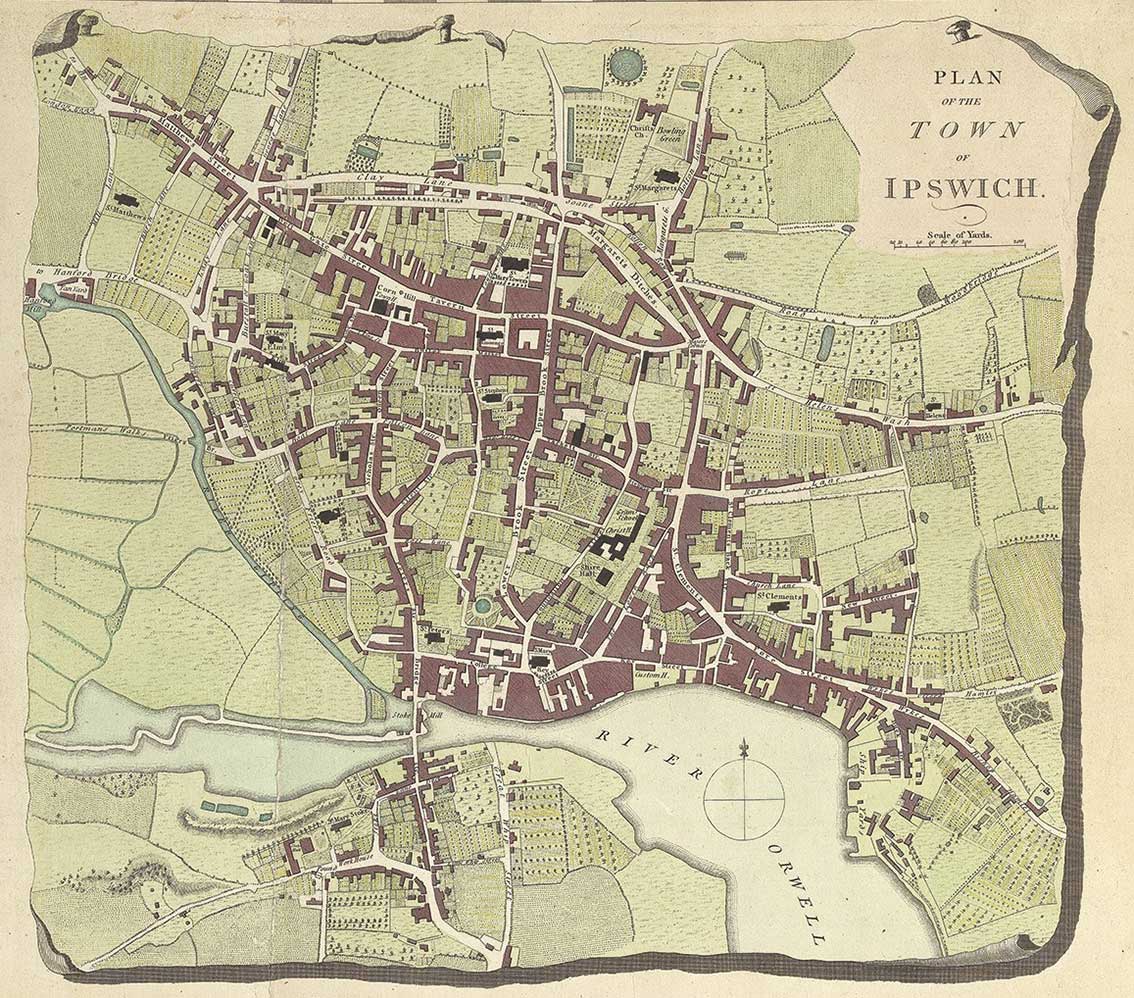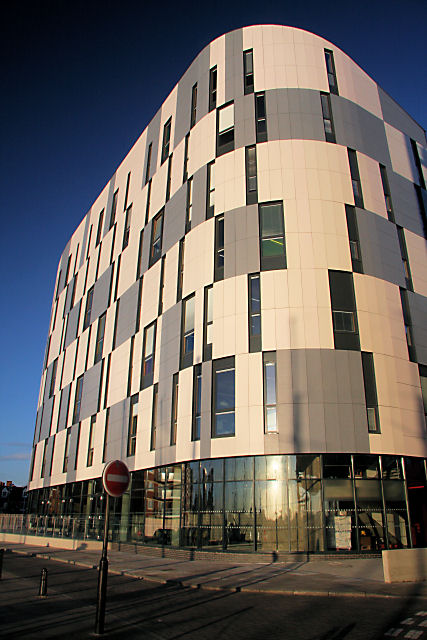|
Ipswich School Of Art
Ipswich School of Art (ISA) was an art school in Ipswich, Suffolk. It was founded as the Ipswich School of Science and Art which opened on 10 January 1859. It continued to have an independent existence until 1997, when it was absorbed by the University of Suffolk. The ISA was founded on the initiative of the Science and Art Department, a subdivision of the Board of Trade Notable alumni * Margaret Tempest Margaret Mary Tempest (1892–1982) was a British illustrator and author, best known for her illustrations of Alison Uttley's Little Grey Rabbit books. Life Margaret Tempest was born at 2 Fonnereau Road, Ipswich, Suffolk, in 1892. She lived mos ..., illustrator and author * Thomas Wilkinson, sculptor * Brian Eno, musician References Ipswich Art schools in England {{UK-university-stub ... [...More Info...] [...Related Items...] OR: [Wikipedia] [Google] [Baidu] |
Art School
An art school is an educational institution with a primary focus on the visual arts, including fine art – especially illustration, painting, photography, sculpture, and graphic design. Art schools can offer elementary, secondary, post-secondary, or undergraduate programs, and can also offer a broad-based range of programs (such as the liberal arts and sciences). There have been six major periods of art school curricula,Houghton, Nicholas. “Six into One: The Contradictory Art School Curriculum and How It Came About.” ''International Journal of Art & Design Education'', vol. 35, no. 1, Feb. 2016, pp. 107–120. and each one has had its own hand in developing modern institutions worldwide throughout all levels of education. Art schools also teach a variety of non-academic skills to many students. History There have been six definitive curricula throughout the history of art schools. These are "apprentice, academic, formalist, expressive, conceptual, and professional". Ea ... [...More Info...] [...Related Items...] OR: [Wikipedia] [Google] [Baidu] |
Ipswich
Ipswich () is a port town and borough in Suffolk, England, of which it is the county town. The town is located in East Anglia about away from the mouth of the River Orwell and the North Sea. Ipswich is both on the Great Eastern Main Line railway and the A12 road; it is north-east of London, east-southeast of Cambridge and south of Norwich. Ipswich is surrounded by two Areas of Outstanding Natural Beauty (AONB): Suffolk Coast and Heaths and Dedham Vale. Ipswich's modern name is derived from the medieval name ''Gippeswic'', probably taken either from an Anglo-Saxon personal name or from an earlier name given to the Orwell Estuary (although possibly unrelated to the name of the River Gipping). It has also been known as ''Gyppewicus'' and ''Yppswyche''. The town has been continuously occupied since the Saxon period, and is contested to be one of the oldest towns in the United Kingdom.Hills, Catherine"England's Oldest Town" Retrieved 2 August 2015. Ipswich was a settleme ... [...More Info...] [...Related Items...] OR: [Wikipedia] [Google] [Baidu] |
Suffolk
Suffolk () is a ceremonial county of England in East Anglia. It borders Norfolk to the north, Cambridgeshire to the west and Essex to the south; the North Sea lies to the east. The county town is Ipswich; other important towns include Lowestoft, Bury St Edmunds, Newmarket, and Felixstowe which has one of the largest container ports in Europe. The county is low-lying but can be quite hilly, especially towards the west. It is also known for its extensive farming and has largely arable land with the wetlands of the Broads in the north. The Suffolk Coast & Heaths and Dedham Vale are both nationally designated Areas of Outstanding Natural Beauty. History Administration The Anglo-Saxon settlement of Suffolk, and East Anglia generally, occurred on a large scale, possibly following a period of depopulation by the previous inhabitants, the Romanised descendants of the Iceni. By the fifth century, they had established control of the region. The Anglo-Saxon inhabitants later b ... [...More Info...] [...Related Items...] OR: [Wikipedia] [Google] [Baidu] |
Ipswich School Of Science And Art
Ipswich () is a port town and borough in Suffolk, England, of which it is the county town. The town is located in East Anglia about away from the mouth of the River Orwell and the North Sea. Ipswich is both on the Great Eastern Main Line railway and the A12 road; it is north-east of London, east-southeast of Cambridge and south of Norwich. Ipswich is surrounded by two Areas of Outstanding Natural Beauty (AONB): Suffolk Coast and Heaths and Dedham Vale. Ipswich's modern name is derived from the medieval name ''Gippeswic'', probably taken either from an Anglo-Saxon personal name or from an earlier name given to the Orwell Estuary (although possibly unrelated to the name of the River Gipping). It has also been known as ''Gyppewicus'' and ''Yppswyche''. The town has been continuously occupied since the Saxon period, and is contested to be one of the oldest towns in the United Kingdom.Hills, Catherine"England's Oldest Town" Retrieved 2 August 2015. Ipswich was a settlement of ... [...More Info...] [...Related Items...] OR: [Wikipedia] [Google] [Baidu] |
University Of Suffolk
The University of Suffolk is a public university situated in Suffolk and Norfolk, England. The modern university was established in 2007 as University Campus Suffolk (UCS), the institution was founded as a unique collaboration between the University of East Anglia and the University of Essex. The university's current name was adopted after it was granted independence in 2016 by the Privy Council of the United Kingdom, Privy Council and was awarded university status.University Campus Suffolk , University of Essex. Retrieved 28 September 2012. ''Daily Telegraph'', 21 June 2011. Retrieved 28 September 2012. ... [...More Info...] [...Related Items...] OR: [Wikipedia] [Google] [Baidu] |
Science And Art Department
The Science and Art Department was a British government body which functioned from 1853 to 1899, promoting education in art, science, technology and design in Britain and Ireland. Background The Science and Art Department was created as a subdivision of the Board of Trade in 1853, expanding the existing Department of Practical Art. Its first superintendent was Henry Cole, and it supported not just science but also "practical arts" – i.e. technology and design. The department benefited substantially from the Great Exhibition of 1851, part of the profits of which were distributed by the Commissioners of the Great Exhibition for educational purposes. That donation funded a large site in South Kensington accommodating the Science and Art Department, the South Kensington Museum, and other bodies. In 1856 the Science and Art Department was absorbed by a new Education Department, but retained considerable autonomy in promoting artistic and scientific higher education, especially for t ... [...More Info...] [...Related Items...] OR: [Wikipedia] [Google] [Baidu] |
Board Of Trade
The Board of Trade is a British government body concerned with commerce and industry, currently within the Department for International Trade. Its full title is The Lords of the Committee of the Privy Council appointed for the consideration of all matters relating to Trade and Foreign Plantations, but is commonly known as the Board of Trade, and formerly known as the Lords of Trade and Plantations or Lords of Trade, and it has been a committee of the Privy Council of the United Kingdom. The board has gone through several evolutions, beginning with extensive involvement in colonial matters in the 17th century, to powerful regulatory functions in the Victorian Era and early 20th century. It was virtually dormant in the last third of 20th century. In 2017, it was revitalised as an advisory board headed by the International Trade Secretary who has nominally held the title of President of the Board of Trade, and who at present is the only privy counsellor of the board, the other m ... [...More Info...] [...Related Items...] OR: [Wikipedia] [Google] [Baidu] |
Margaret Tempest
Margaret Mary Tempest (1892–1982) was a British illustrator and author, best known for her illustrations of Alison Uttley's Little Grey Rabbit books. Life Margaret Tempest was born at 2 Fonnereau Road, Ipswich, Suffolk, in 1892. She lived most of her life in the town, attending Ipswich School of Art and then the Westminster School of Art graduating in 1914. She was co-founder of the Chelsea Illustrators Club through which former students exhibited and sold their art. From 1929 until the 1960s she illustrated the Little Grey Rabbit books, as well as other children's books. She also wrote and illustrated her own books of the "dressed animal" type, notably the Curly Cobbler series. She illustrated a number of religious-themed books such as ''A Sunday Book for Children'' (1954) and ''Little Lamb of Bethlehem'' (1957). She married Sir Edward Grimwood Mears, in 1951. Her step-grandson was the physician Alex Paton Alexander Paton (13 August 1869 – 1935) was a Scottish footbal ... [...More Info...] [...Related Items...] OR: [Wikipedia] [Google] [Baidu] |
Thomas Wilkinson (sculptor)
Thomas William Wilkinson (18 October 1875 – 30 April 1950) was a British sculptor. Wilkinson studied at Bradford School of Art and Ipswich School of Art. The majority of his work was of portrait heads. His work was part of the sculpture event in the art competition at the 1948 Summer Olympics. He was an associate of the Royal Society of British Sculptors The Royal Society of Sculptors is a British charity established in 1905 which promotes excellence in the art and practice of sculpture. Its headquarters are a centre for contemporary sculpture on Old Brompton Road, South Kensington, London. It ... and a member of Ipswich Art Club between 1907 and 1949 References 1875 births 1950 deaths 20th-century British sculptors 20th-century British male artists British male sculptors Olympic competitors in art competitions Artists from Bradford Artists from Ipswich {{UK-sculptor-stub ... [...More Info...] [...Related Items...] OR: [Wikipedia] [Google] [Baidu] |
Brian Eno
Brian Peter George St John le Baptiste de la Salle Eno (; born Brian Peter George Eno, 15 May 1948) is a British musician, composer, record producer and visual artist best known for his contributions to ambient music and work in rock, pop and electronica. A self-described "non-musician", Eno has helped introduce unconventional concepts and approaches to contemporary music. He has been described as one of popular music's most influential and innovative figures. Born in Suffolk, Eno studied painting and experimental music at the art school of Ipswich Civic College in the mid 1960s, and then at Winchester School of Art. He joined glam rock group Roxy Music as its synthesiser player in 1971, recording two albums with the group before departing in 1973. Eno then released a number of solo pop albums beginning with ''Here Come the Warm Jets'' (1974) and, also in the mid-1970s, began exploring a minimalist direction on influential recordings such as '' Discreet Music'' (1975) and ... [...More Info...] [...Related Items...] OR: [Wikipedia] [Google] [Baidu] |





